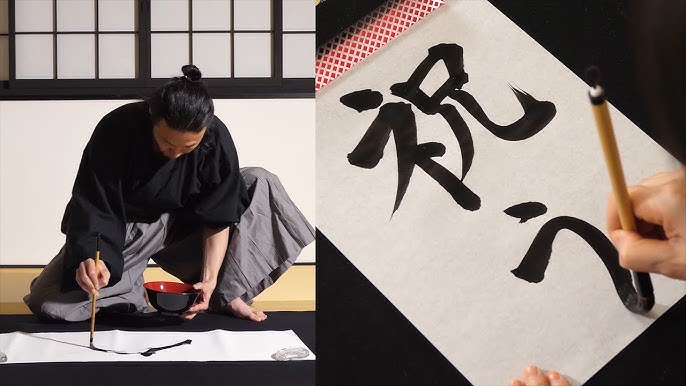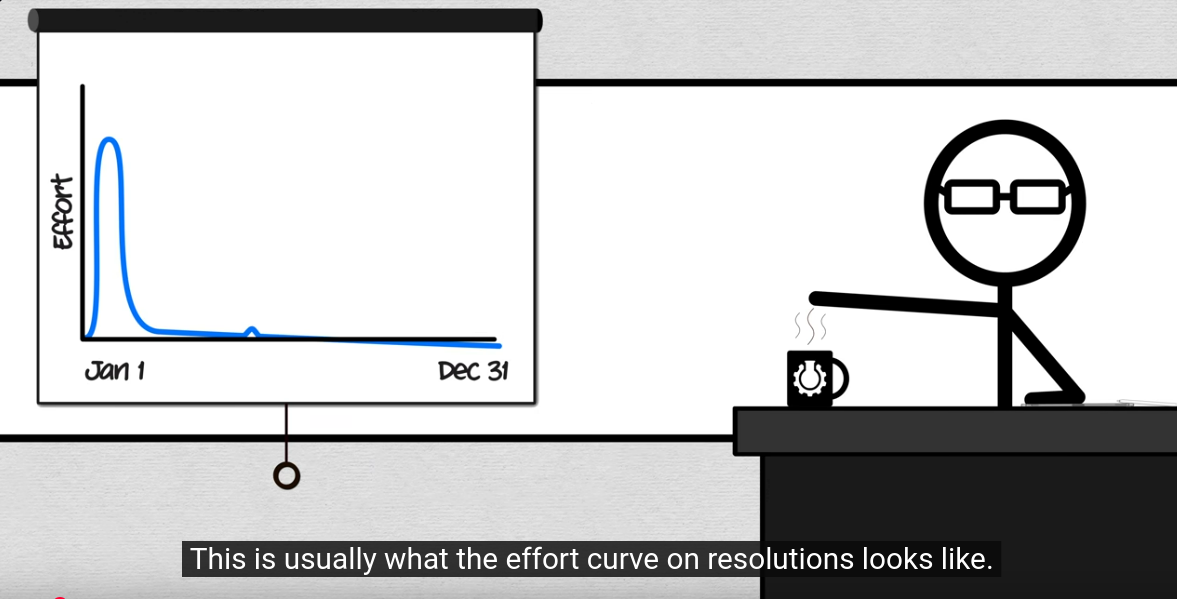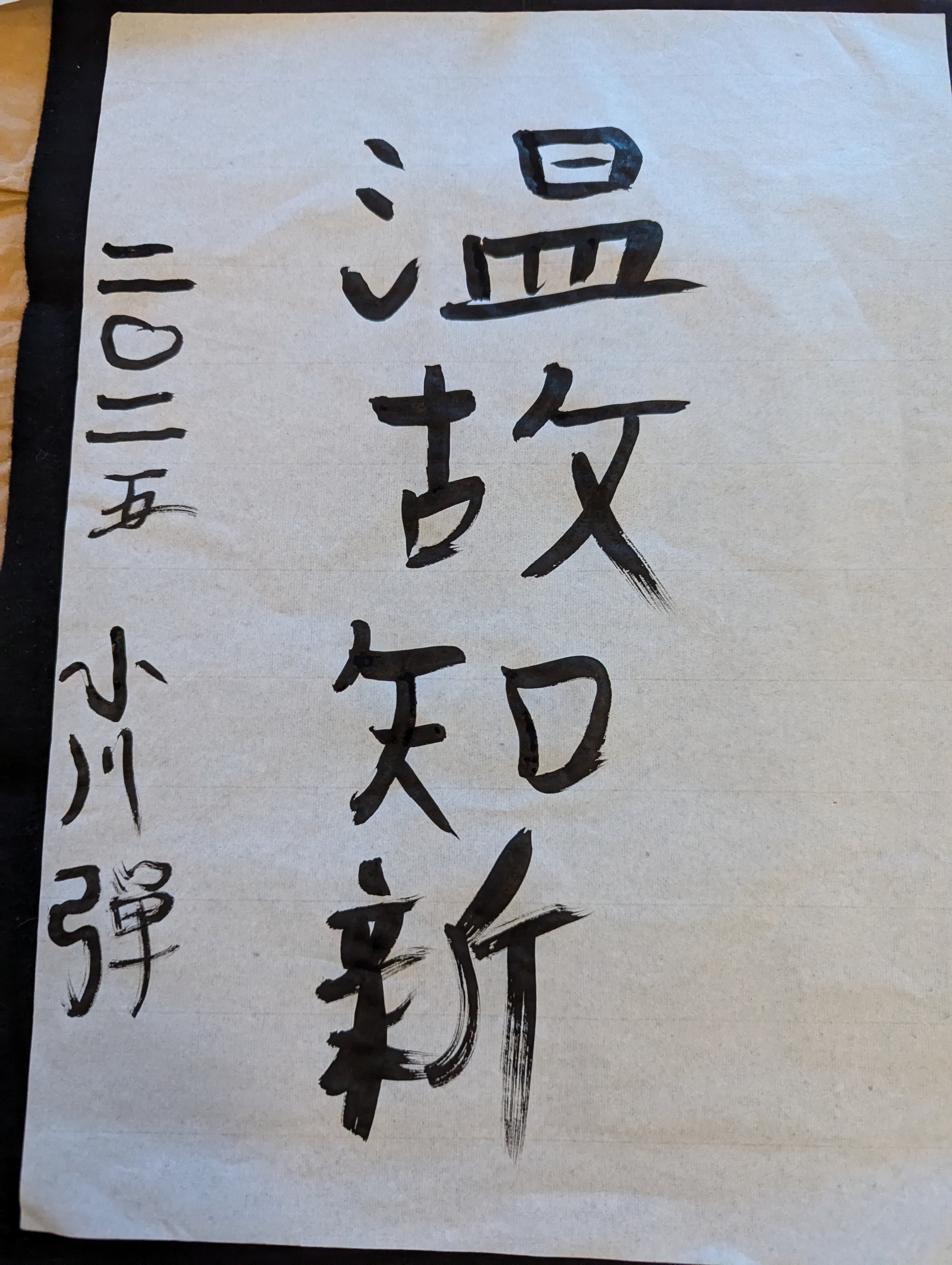Kakizome, Japanese way of new-years resolution
Firstly, Happy New Year! As a New Year tradition with my family, I usually go home to my parents and celebrate it the Japanese way. It has always given me a convenient excuse to leave early after the countdown. To my puzzled friends, I usually briefly describe it as “Japanese New Year is like Western Christmas. You spend time with family.” You eat specific foods, go to the temple to pray for a good year, etc*.
Today, I thought it would be fun to share one common tradition Kakizome: 書き初め.
 Calligraphy
Calligraphy
Like many traditions, there are regional differences in the details. I think I’m not too far off if I describe it as:
First calligraphy written at the start of the year, often writing the aspiration or ambition one set up for the year.
I won’t go into the long traditional detail, such as using the first water from the well, purified at the temple, and for that reason, it is often done on the 2nd of January rather than the first…. because I don’t do it and I think (like many thing Zhen) many Japanese are a bit lax around all the details.
The calligraphy is usually constrained to one word (1-2 kanjis) or yojijukugo, a Japanese lexeme consisting of four kanji, often making an idiom. This is a bit of the fun of the practice, in my opinion, since it makes it hard (or boring) to make what you write, too concrete.
A couple of years ago, CGP Grey made a point about replacing the New Year resolution with the New Year theme. Instead of “I’m going to read one book at least, per week” you can do “It’s the year of reading”. Instead of X days per week at the gym, it’s “the year of health”. The argument is: “When you’re trying to build yourself into a better version of yourself, exact data points don’t matter. Only trendline matter.”
 you can watch the video for good arguments for this idea.
you can watch the video for good arguments for this idea.
I like this principle. I think the tradition of kakizome kind of encompasses this idea. It’s a better guideline to keep when traversing the fog of the future. New Year’s resolution feels like a “path set on a map”, and the theme feels like a compass. For many of us, the year ahead might not be that predictable, or some obstacle might suddenly appear. A path on an outdated map is not as helpful as a compass that gives us at least a direction to follow when we come to a junction or sudden obstacles are found.
3 days at the gym per week, or being able to run a marathon as a New Year’s resolution, but you hurt your knee after a month? If your theme is exercise or health, no problem you can adapt to it. If a resolution, now you have to tick off “fail” on it, or another item on the to-do list will stay undone.
My mother has a practice to always put the calligraphy close at the entrance of the house, and come end-year she asks how we’ve lived up to what we wrote. This is also a fun practice because it informs you what you could do for next year.
 My 2025 Kakizome. Calligraphy is unkind to the left-handed.
My 2025 Kakizome. Calligraphy is unkind to the left-handed.
This year I wrote 温故知新 (onkochishin) an idiom that means
developing new ideas based on study of the past
I spend my last year revising my (rusty) robotics knowledge, reading up on online materials freely available. The year prior I was getting exhausted by reading and reading new papers after papers in the field of Robot Learning to the point I was getting lost in it all. It has been a good practice to go back to fundamentals, packaged nicely by smart people. It also helps with the process of separating the wheat from the chaff when you constantly get bombarded with new papers and hype demos from startups that promise everything.
So I intend to keep doing that, so 温故知新 it is to remind myself of that, and that this theme can be applied to many things, in life.
I had many other ideas of what to write, but like my rather rash and hastily calligraphy, I decided to just go with what stuck the most while looking up different yojijukugo.
If you had to write it: what was your theme for 2024, and what do you want your 2025 to have as a theme? Even if you don’t write it down (although I encourage it) the practice can be fun. Usually, when I do this practice of reflection on the past year, I can remember what I did and find some theme, but I can’t remember what inspired me to do those things.
*side story: it was amusing to explain this to my friends back in 2017 when we went on a road trip with my friends to Tokyo for the New Year countdown, and everyone got shocked how the crowd just dissipated quickly after the countdown, at Shibuya crossing (they were going back to their families)
*side point: I’m guessing the other east asian nations have similar traditions. I’d love to know more about those too.
Update 2025-01-07 After posting this on HN, one person reached out to me and told me that he got inspired by it and found a yojijukugo for the new year! He chose 健体康心 Kentaikoushin. I had to look up what it meant exactly, but I found a couple of different interpretations! All agree it’s about “the health of the mind & body”. Most interpreted it as “without a healthy mind, no healthy body (and/or). without a healthy body, no healthy mind”. Another interesting fact about the word I found: “Health” in Japanese is 健康, and it’s a shortened form of 健体康心 (originally from Chinese). “Health” in Japanese, just as the English word, doesn’t explicitly include “mental health” and usually implies physical health. Body in Japanese is 体 and mind is 心, the two kanjis removed from the original! Therefore I think it’s a beautiful choice, reminding us that health in body & mind, how that’s interconnected, and one shouldn’t sacrifice one for the other!